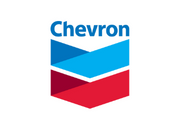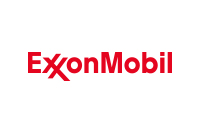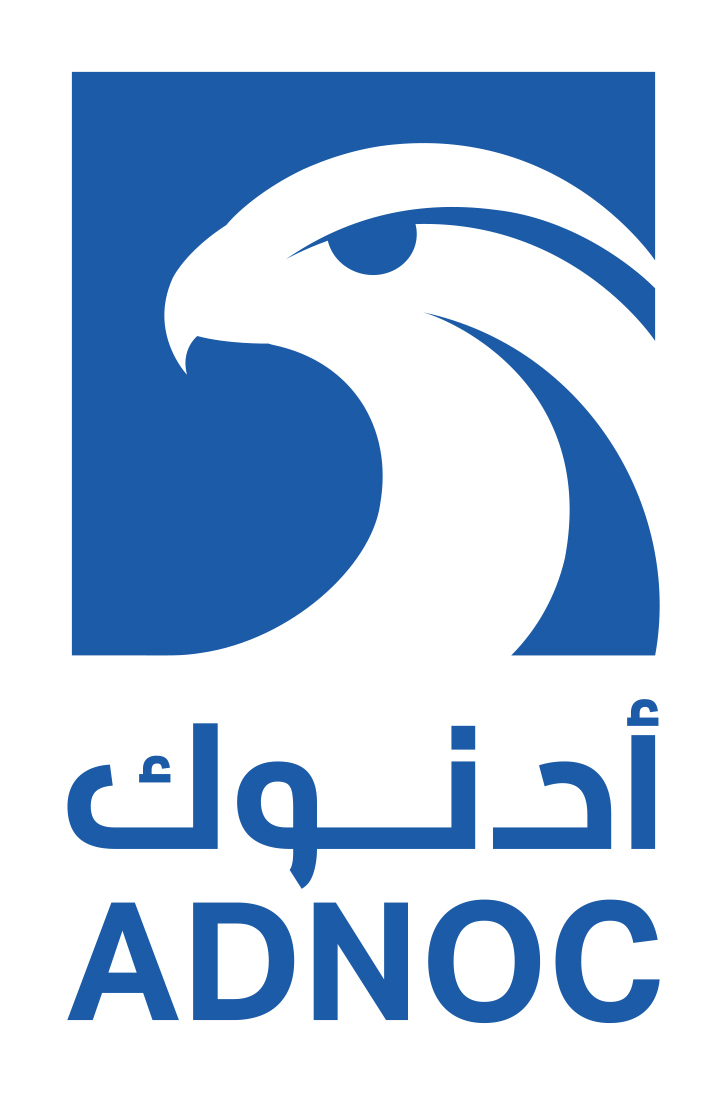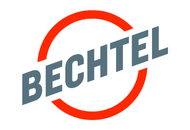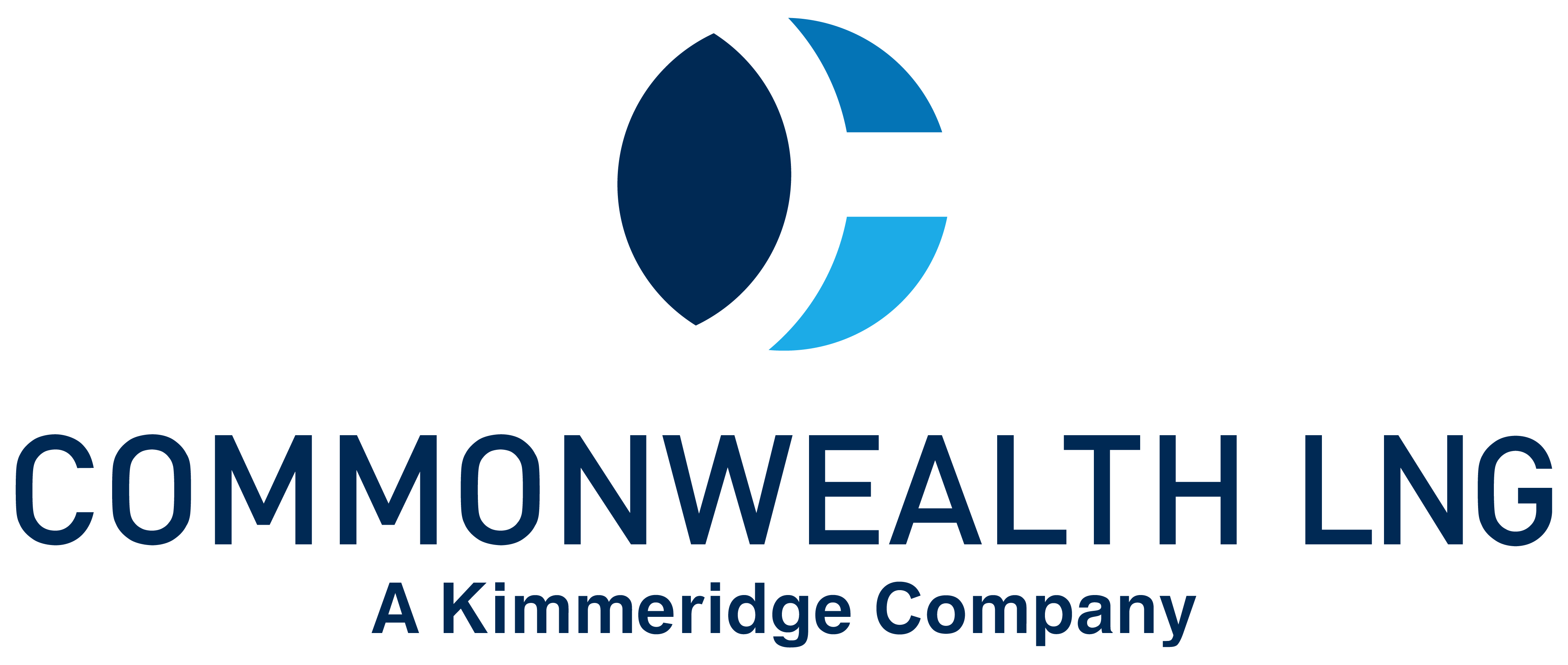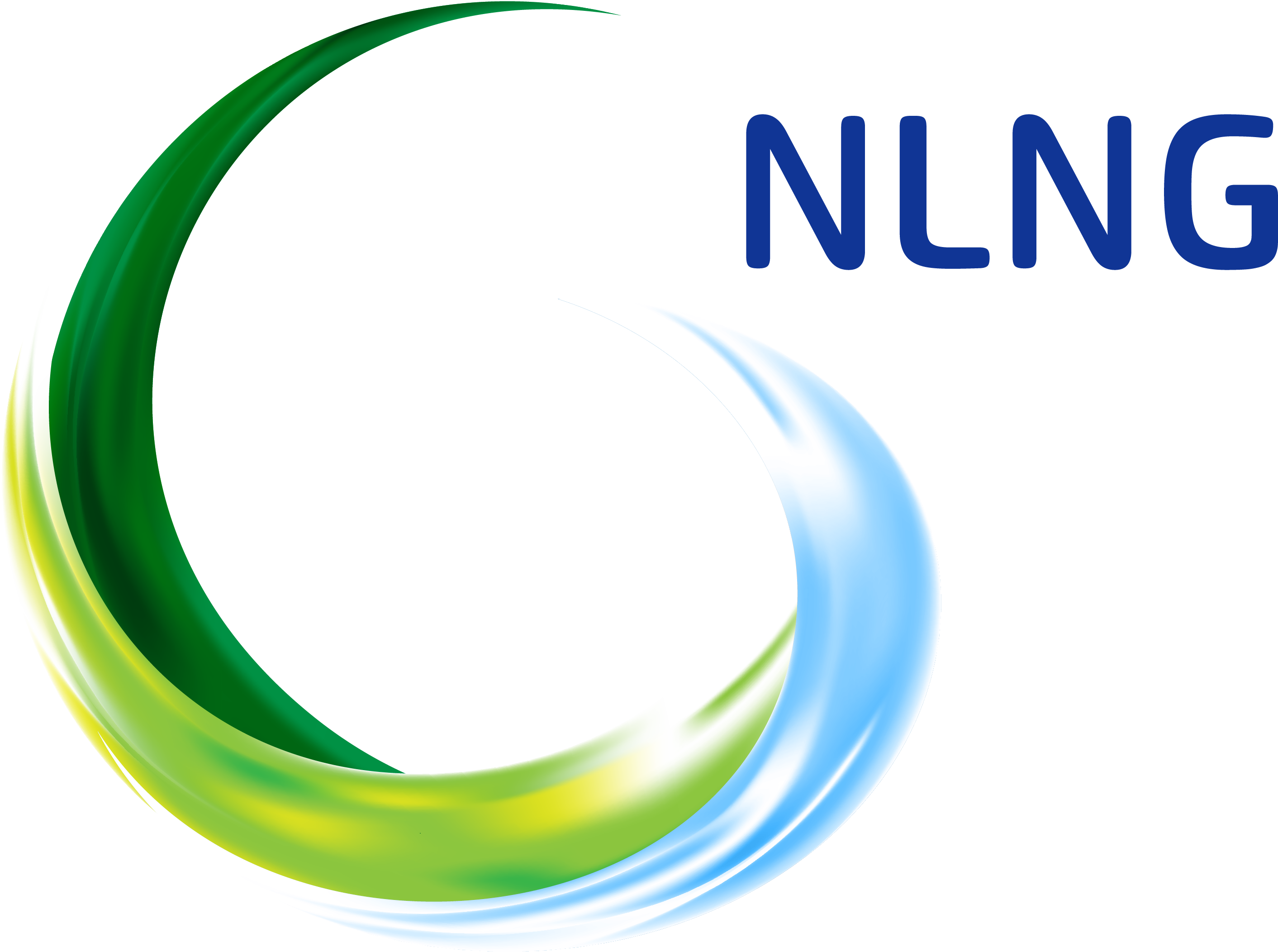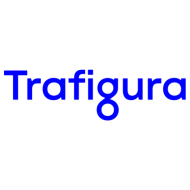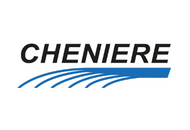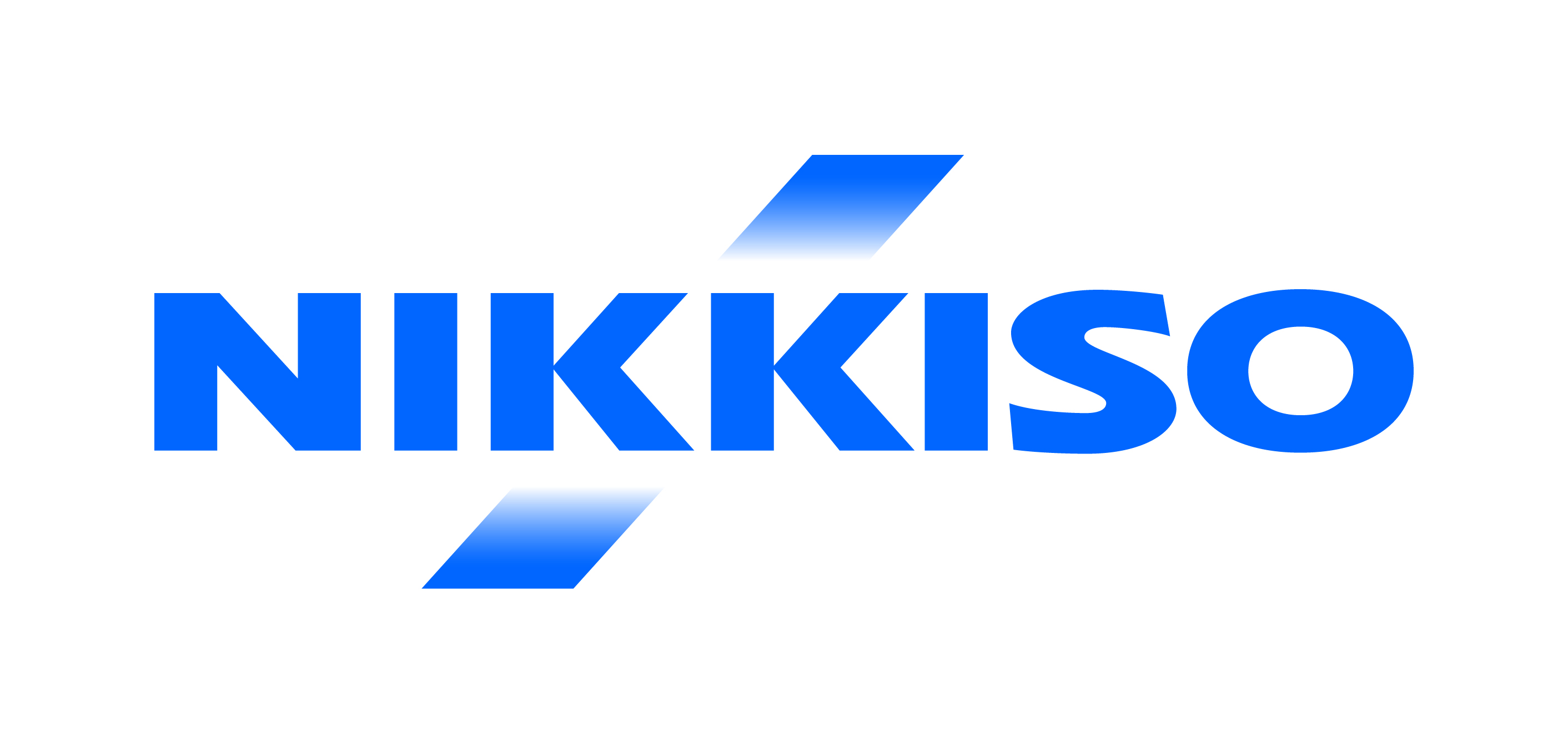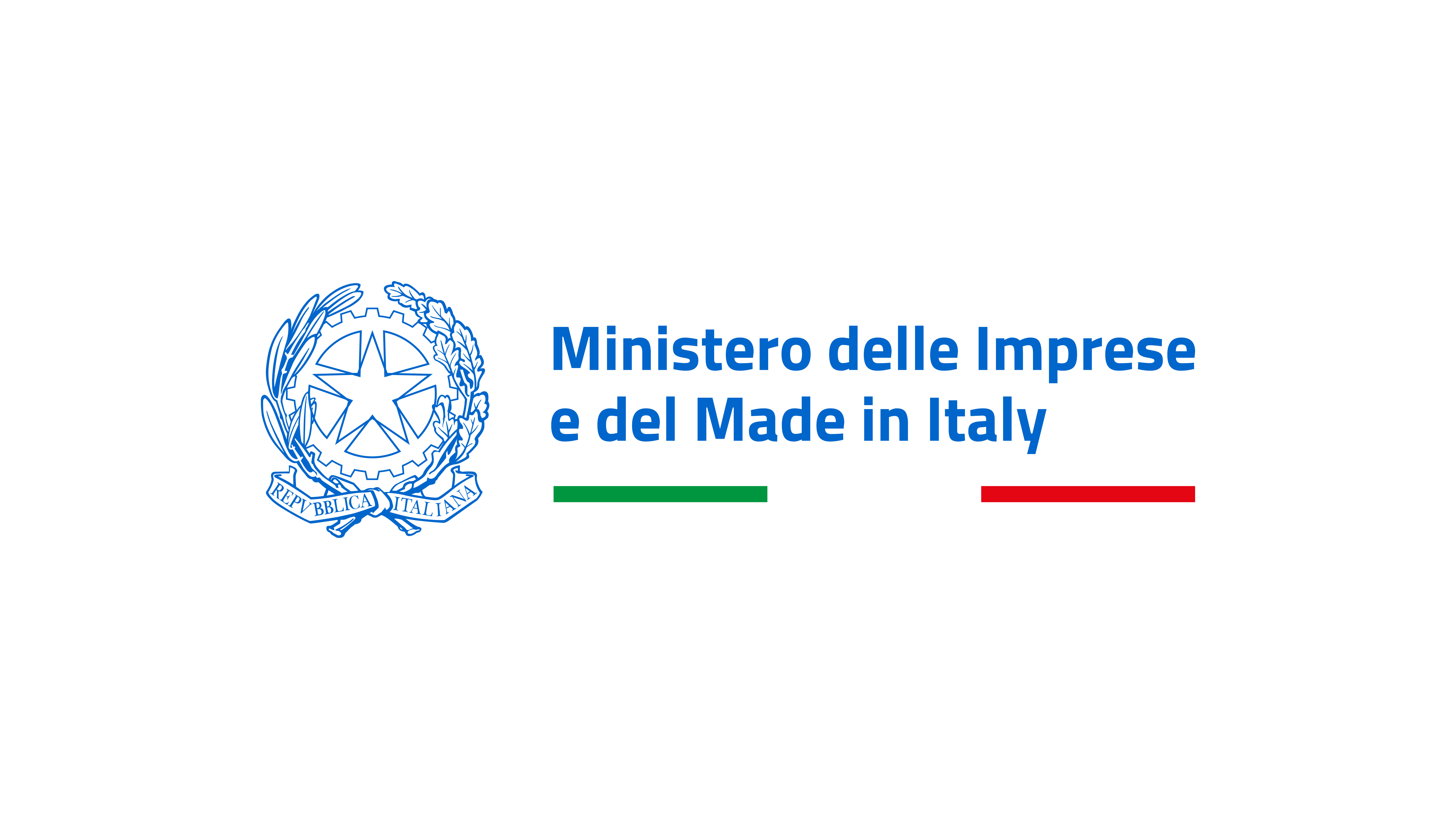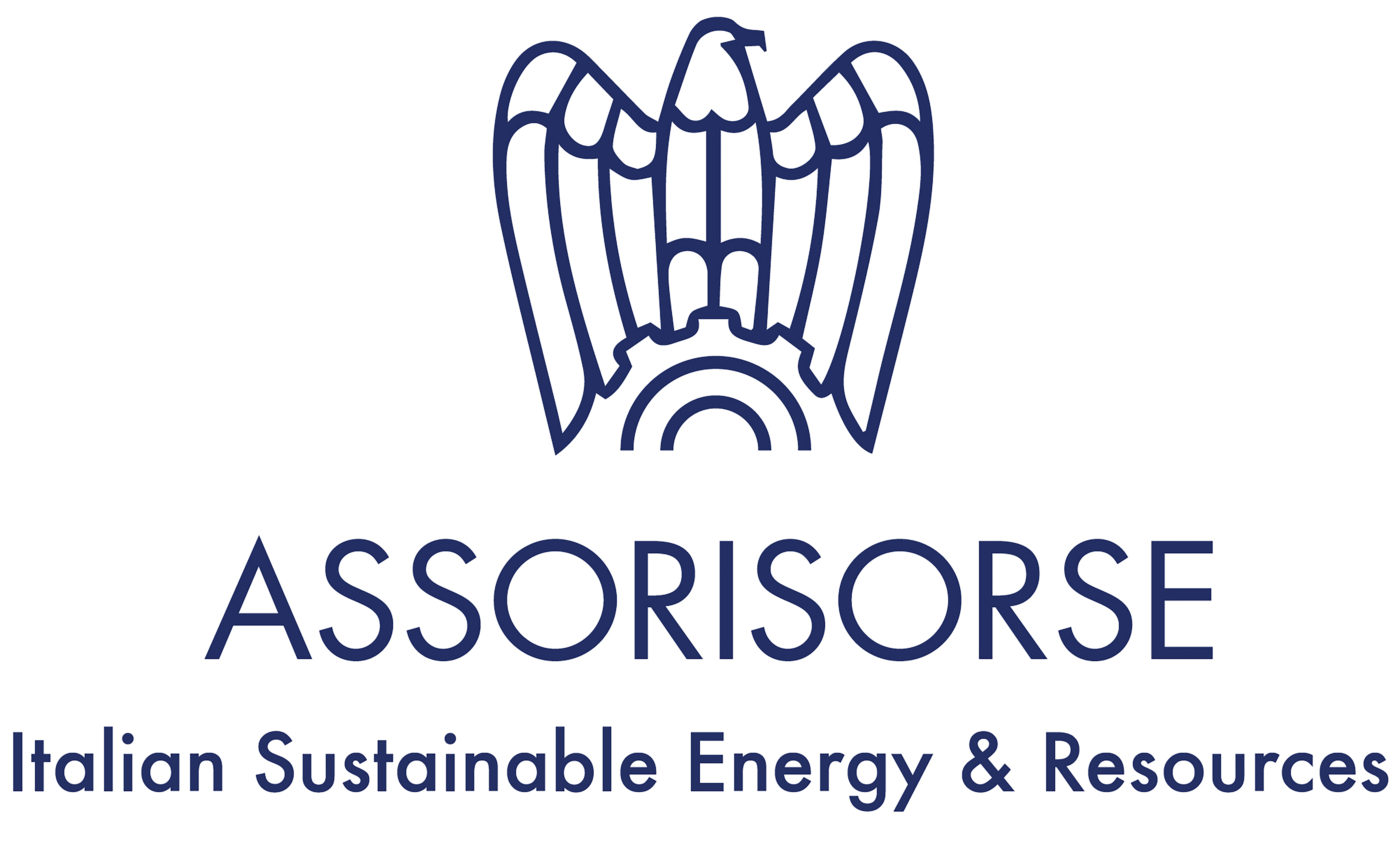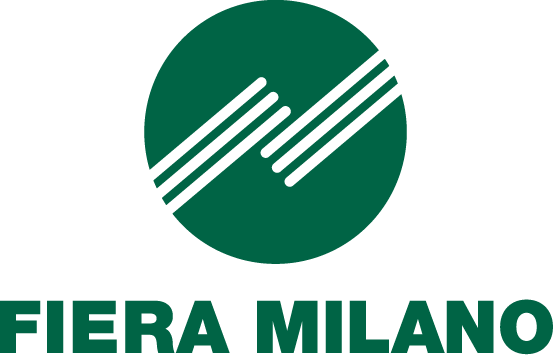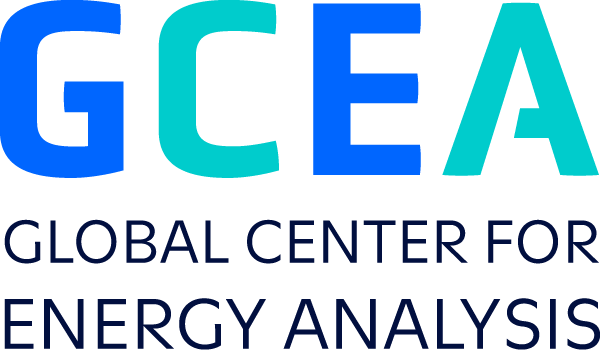Illiquidity in the LNG markets and disconnection with gas prices
Commercial conference session - Managing short-term market dynamics
Description:
2022 marked a turbulent trading year for the LNG industry. The fundamental changes that we witnessed in the European gas markets reshaped the global LNG markets. Volumes were redirected from Asia to Europe in order to combat the energy crisis that the region faced. The scarcity of new LNG supply in addition to the supply disruptions developed a very volatile environment.
Historically, the JKM paper market had been growing at a fast pace attracting more participants every year. However, the unprecedented times that we experienced in 2022 led the traded volumes to decline by almost 50%. More than 3 years of growth were erased in 2022. The decline was unjustified when considering the delivered LNG volumes to Asia, as the drop in flows was marginal. The volatility in the LNG market developed uncertainty around the trading community. Consequently, smaller players preferred to stay on the side-lines and abandon their financial positions partially for reasons of margin call. Furthermore, the expensive gas prices destructed the spot LNG demand adding a second downward force on the liquidity of JKM. The illiquidity of the market impacted the remaining participants as the hedging of physical cargoes going to Asia became challenging.
The European energy crisis drove the JKM-TTF spread on the negative territory for the greater part of 2022 as TTF reached stratospherical levels. This was the rational for diverting LNG cargoes from Asia to Europe, with players monetizing their regasification capacity in the continent. The European grid was developed in a way that the northern countries would supply the southern regions with the pipegas they were supposed to receive.
However, the pipegas supply disruptions created a shortage of gas in northwest Europe. On the other hand, southern Europe was oversupplied with LNG. The disconnection between TTF and the other European gas hubs was the imminent consequence. This proved to be a challenging factor for managing risk exposure, as many European hubs were illiquid compared to TTF. The outlook for 2023, seems more prosperous with the addition of new FSRUs in northwest Europe that will rebalance the European gas market.
The extreme volatility in last year’s LNG markets and the disconnection of TTF with them led to the intervention of regulatory commissions. The introduction of a price cap in the European gas was an additional determinant for shaking the markets. The new year has started with several unknowns around the functionality of the European gas markets in 2023. The new regulations may develop obstacles on the way ahead and affect the deal making activity. The LNG trading community will need to navigate again in unchartered waters having last year’s success as a guide.






